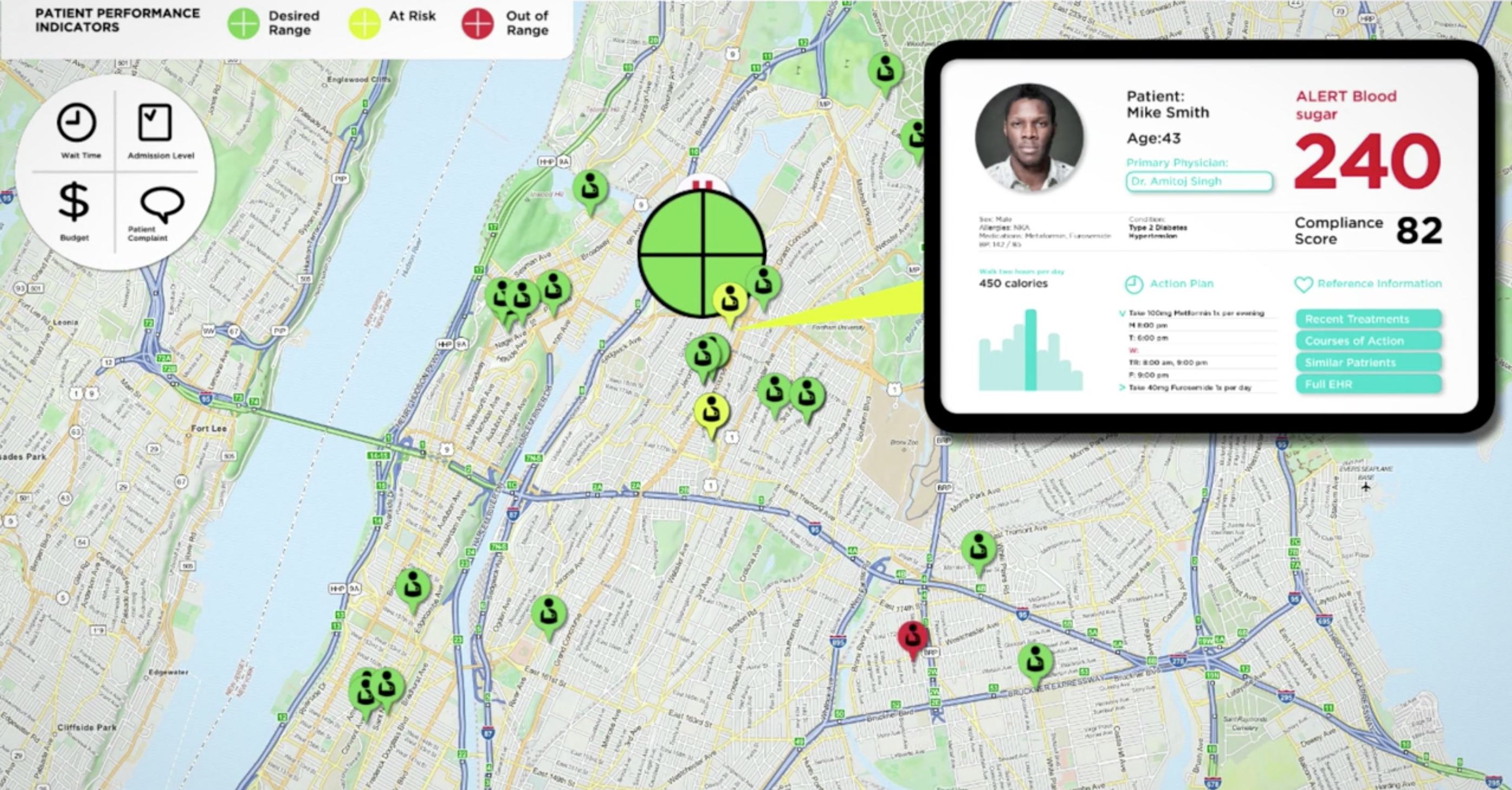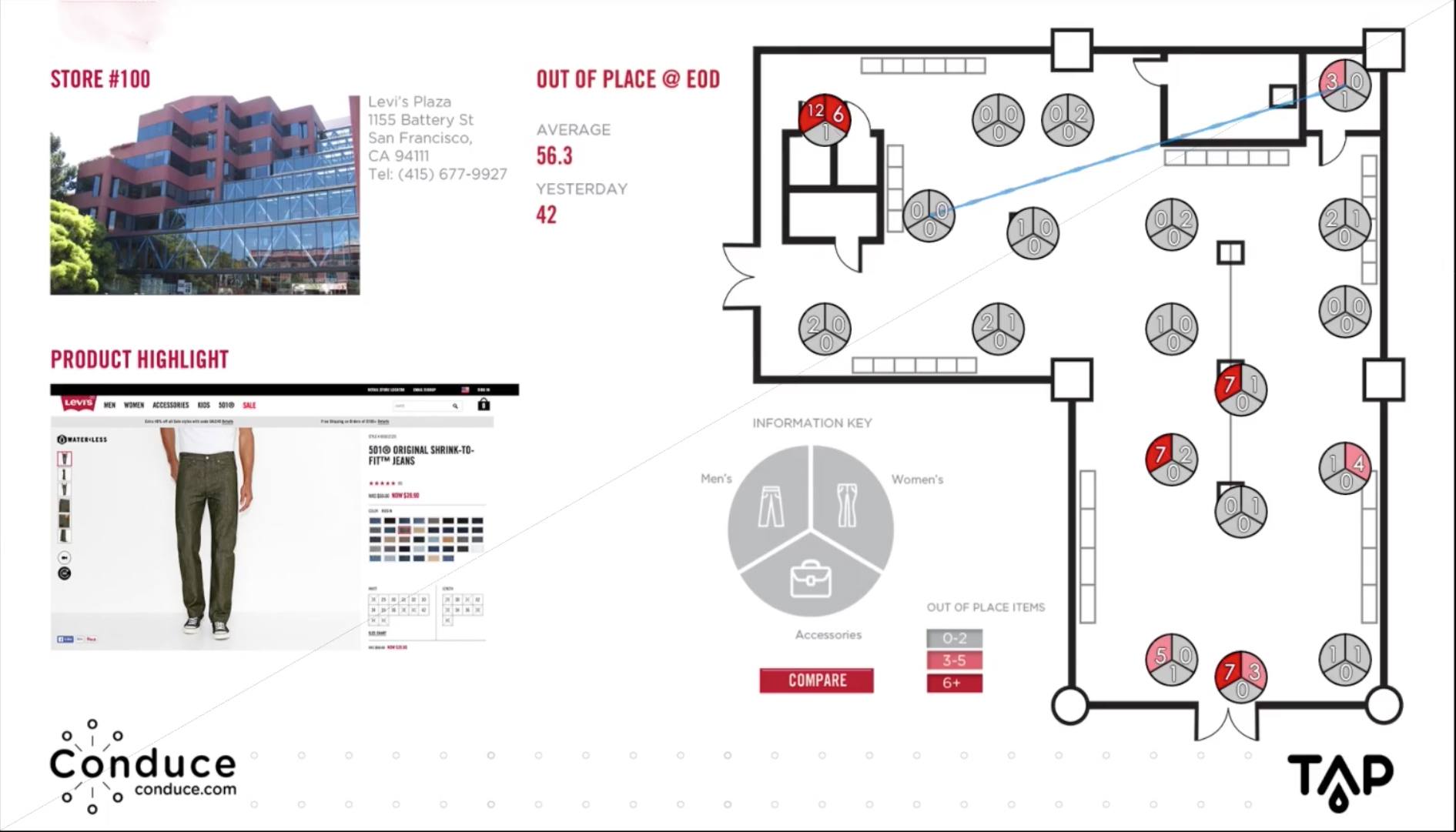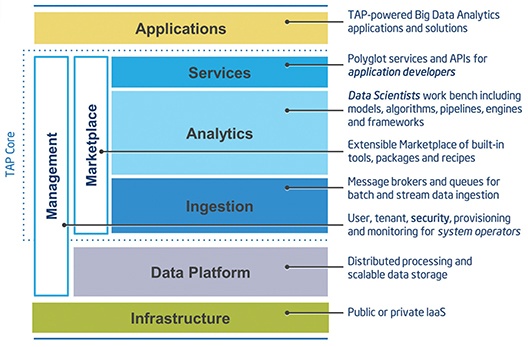Unifying the IoT Data View for Better Insights
In past posts, I’ve described various products and technologies from Intel, members of the Intel® Internet of Things Solutions Alliance, and the greater Intel ecosystem that enable developers to build the bridge from the edge to the cloud. In this post we look at a way to complete the bridge to its ultimate destination – the user.
For upper management, this can be the most important dimension to an Internet of Things (IoT) solution. This is where brain meets machine. Once edge data has been collected and processed in the cloud, decision makers need the data presented in ways that help them make faster, more well-informed decisions. If only partial or outdated information reaches their desks, or it is presented in confusing, disconnected forms, the resulting knowledge gap can affect both the speed and quality of decisions.
Conduce, an Associate member of the Alliance, addresses this problem by enabling the user to see all of their data – any data source, any format, any application from within the enterprise and from outside the enterprise – to make better-informed, smarter decisions in real time. Conduce first pioneered solutions in critical decision-making environments in defense, intelligence, public safety, and emergency response. Now the company is expanding its offering to IoT sectors such as retail, healthcare, energy, manufacturing, and telecommunications.
Conduce’s technology serves as the central hub of decision-making within an organization. Regardless of the types of hardware, software, or data sources an organization selects for their IoT infrastructure, Conduce unifies the data in a single, intuitive visual interface (Figure 1). Instead of requiring expensive, complicated, and time-consuming software integration to combine data from internal and external sources, Conduce only impacts the presentation layer. All underlying data stays where it is – after all, the ultimate goal is unifying information, not software. What’s more, unifying the information rather than the software enables users do more than simply access data – they can see and understand its significance and act on it instantly.

Figure 1. In healthcare and other markets, Conduce’s technology provides the central hub of decision-making within an organization, unifying IoT data in a single, intuitive visual interface.
Consulting firms like McKinsey & Company argue that much of IoT’s value lies in having the structure and capabilities to transform data into action. Conduce’s elegant user interface delivers an intuitive experience that allows individuals throughout an organization to collaborate, model, and experiment with the same data sources across their IoT infrastructure. This leads to making better-informed decisions and unleashes the value of the IoT.
Analytics programs excel at aligning data or identifying minute anomalies. Conduce places people at the center and presents data in ways the most powerful engine for pattern recognition and complex thinking – the human brain – understands and can readily interpret. Transforming data into stunning visualizations, Conduce’s technology lets users infinitely zoom, filter, rewind, and arrange their data to uncover insights spreadsheets, charts, or dashboards can’t reveal.
A good example for the retail market is the Conduce Retail Inventory Module. It brings together the disparate information required for inventory management. Integration at the presentation layer allows developers to forgo arduous schema reformatting, enables pulling in the entire applications underneath this layer rather than just the data, and allows users to interact with and explore data as diverse as maps, social media and live video – all at the same time.
The Conduce Retail Inventory Module enables real-time inventory updates in context by store layout, region, country, worldwide, with rollup and management details down to the aisle level (Figure 2). Mobile-enabled, it allows users to access details while standing in the aisle, office, or home. It integrates easily with RFID, inventory cameras, theft prevention, point-of-sale (POS) systems, shipping, supply chain, and streaming data for instant insights into all relevant systems. It also integrates seamlessly with other Conduce modules to provide a comprehensive overview of the entire enterprise for upper management.

Figure 2. The Conduce Retail Inventory Module enables real-time inventory updates in context on store layout, region, country, worldwide, with rollup and management details down to the aisle level. Screen image is from an Intel and Levi Strauss and Co pilot study that used Conduce, the Intel® IoT Platform, and the Trusted Analytics Platform (TAP).
Naturally, a front-end solution like Conduce requires a solid IoT foundation. For that, developers can turn to the Intel® IoT Platform. This includes end-to-end reference architectures that define how securely connect legacy and smart devices, plus a product portfolio of IoT technologies from Intel and its ecosystem. SAP, a leader in enterprise application software, is using it to develop their IoT enterprise end-to-end solutions along with the SAP* HANA Cloud Platform*.
A new product added to the platform portfolio is the Trusted Analytics Platform (TAP). An open-source project initiated by Intel, TAP simplifies and accelerates the creation of secure, high-performance Big Data analytics applications in cloud environments. TAP includes the necessary tools, algorithms, and engines for developers to collaborate with data scientists in conducting advanced analytics in a shared environment (Figure 3). A solution like Conduce provides the perfect way to provide a single interface to unlock the power of this data at the presentation layer. (Conduce is a TAP project partner.)

Figure 3. The Trusted Analytics Platform (TAP) is an extensible environment that provides everything needed by data scientists and developers to create applications powered by Big Data analytics.
A key building block of the Intel IoT Platform is the Intel® IoT Gateway Technology. This is the reference design that many Alliance members are using to create scalable, application-ready IoT gateways for connecting things to the cloud. Alliance members now offer more than 50 gateway solutions based on the design. To help businesses reduce network and cloud costs, and perform local functions based on collected data faster, the Intel IoT Gateway Technology includes filtering capabilities so that only the desired data is sent to the cloud and displayed by solutions like Conduce. The use of higher performance processors, such as 6th generation Intel® Core™ processors, in these gateways enables substantially greater local analytics capabilities.
Install the Bridge from the Cloud to the User
Conduce offers a phased approach to that allows businesses to experience firsthand what Conduce can do with their data before committing to function-specific pilot implementations. The company then extends implementation to mission-critical applications and datasets across one or more divisions, conducts training, and provides ongoing support and maintenance operations.
For a look at more IoT cloud software solutions and IoT gateways, see the Alliance’s Solutions Directory.